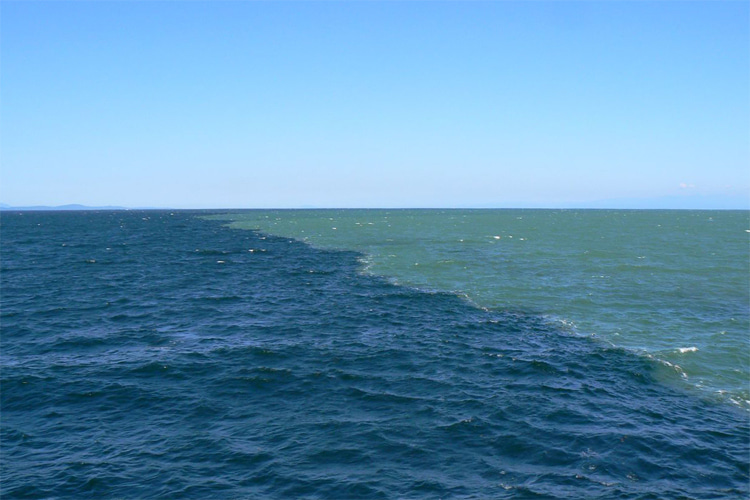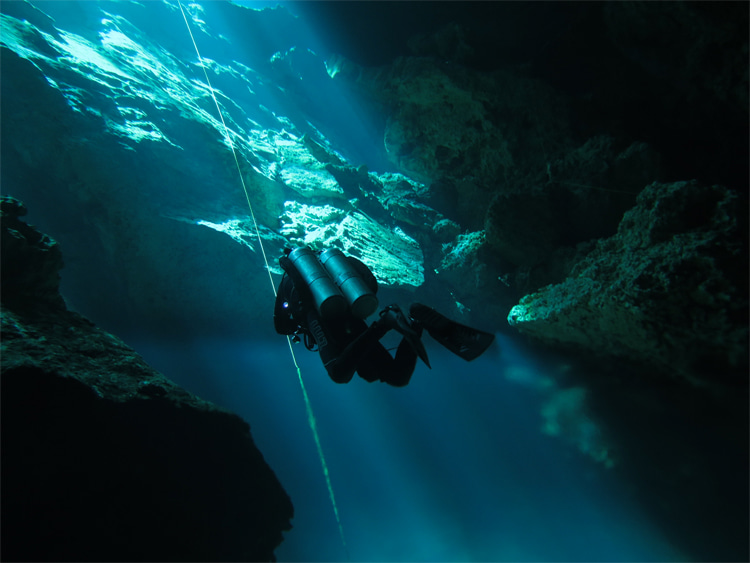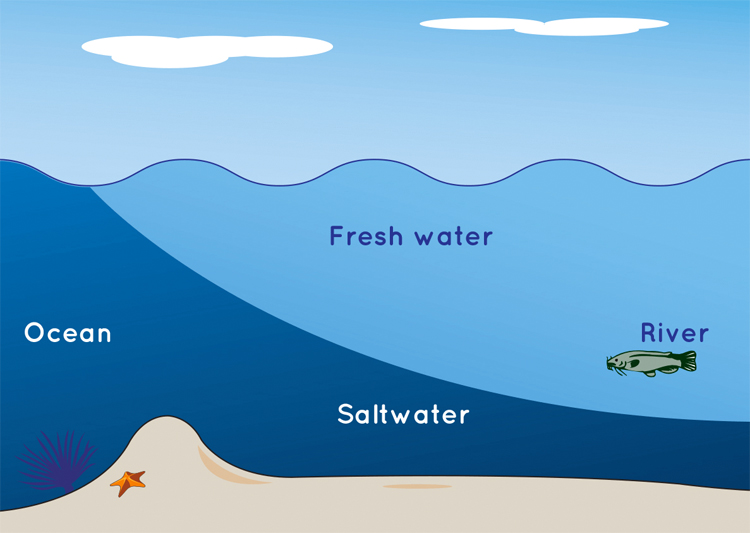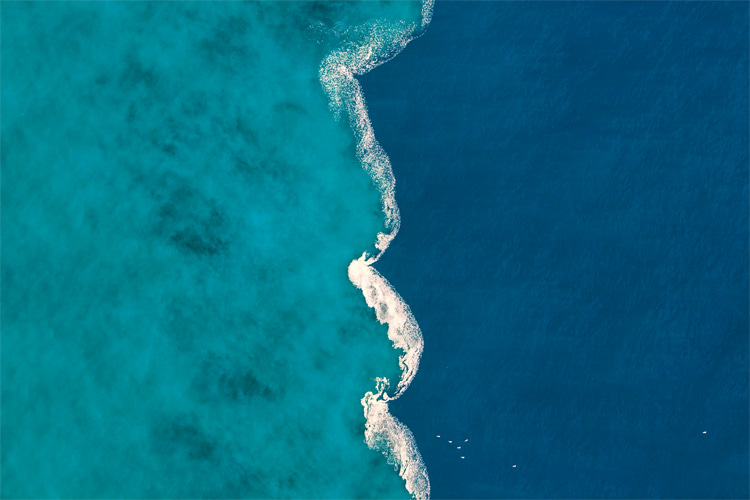The ocean is always unpredictable, constantly challenging our perceptions and showcasing Nature's marvels.
One such phenomenon is the meeting of fresh water and sea water, creating an uncanny visual spectacle.
A prime example is observed where the Fraser River flows into the Strait of Georgia in Vancouver, Canada.
Imagine gazing at a line where the murky brown waters of a river seemingly refuse to merge with the deep blue of the sea.
It appears as though an invisible wall stands between them, preventing their union.
This incredible boundary isn't a mere illusion but a dynamic interplay of physics and chemistry.
The Fraser River, rich with silt and sediment, meets the salty expanse of the Strait. The former, being less dense, tends to float over the latter.
But contrary to what our eyes perceive, there isn't a fierce standoff. Instead, a subtle dance is in play beneath the surface.
As the fresh water rides over the sea water, it doesn't remain pristine for long.
The salt ions in the ocean water have a peculiar ability: they bind to the suspended particles in the river water, making them clump together and become heavier.
This causes these particles to sink, leaving behind clearer water.
This transformation doesn't just stop there. A fascinating layer forms beneath the surface, where these particles settle.
It's an area where fresh water gradually turns saline and the two types of water mix in harmony.
Far from being a rigid boundary, it's a zone of convergence, evidence of Nature's propensity to find balance.
Scientifically speaking, it's a form of halocline.

What is a Halocline
A halocline is a layer in a body of water where there is a rapid change in salinity (salt concentration) over a relatively short depth.
It's essentially a "salt gradient," distinguishing layers of varying salinity in oceans, seas, or lakes.
Haloclines often form in bodies of water where fresh water meets salt water, creating a distinct separation between the two due to their differences in density.
Fresh water, being less dense, typically floats atop the denser salt water.
This stratification can be particularly prominent in estuaries, fjords, or coastal regions where rivers discharge fresh water into the ocean.
In addition to its ecological implications, the halocline also has practical effects.
For instance, submarines might use the halocline as a hiding place because the different densities of water above and below the halocline can refract sonar signals, making detection more difficult.
But there's an intriguing human element to this natural spectacle.
Many view such occurrences through spiritual or religious lenses, seeing them as manifestations of the divine.

The Reference in the Quran
The Quran, for instance, alludes to a phenomenon where fresh water and salt water encounter but don't mix.
Historical texts, notably the Qur'an, echo these observations in poetic prose.
The scripture states:
"He has let free the two bodies of flowing water, meeting together: Between them is a barrier which they do not transgress."
Al-Qur'aan 55:19-20
The Arabic term "برزخ" translates to a "barrier" or "partition," suggesting that while the waters "meet and mix," they maintain distinct identities.
Modern oceanographers shed light on this ancient description.
In places where different seas converge, an unseen, slanted water barrier exists.
Although water from one sea can enter the other, it loses its defining characteristics upon doing so, leading to a transitional blending zone.
Dr. William Hay (1934-1922), a renowned marine scientist from the University of Colorado, once echoed the Qur'an's depiction of this remarkable interaction.
Furthermore, the Qur'an offers another profound reflection:
"It is He Who has let free the two bodies of flowing water: One palatable and sweet, And the other salty and bitter; Yet has He made a barrier between them, And a partition that is forbidden to be passed."
Al-Qur'aan 25:53
Here, the ancient text remarkably hints at the "pycnocline zone with a marked density discontinuity separating the two layers" observed in estuaries.
In these zones, the salinity becomes a unique blend, different from both the fresh and salty ends.

Oil and Water
While such interpretations are valid in their own right, from a scientific standpoint, the explanation lies in the distinct properties of the two water bodies.
Their difference in salinity, density, temperature, and composition makes them behave in unique ways.
Drawing parallels to oil and water, which resist mixing due to their distinct molecular structures, the waters of Fraser River and the Strait, too, have their reasons.
However, it's essential to underline that they do mix, albeit not in ways immediately apparent to the naked eye.
